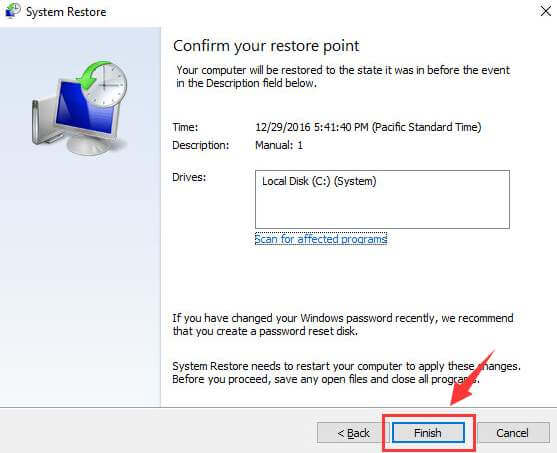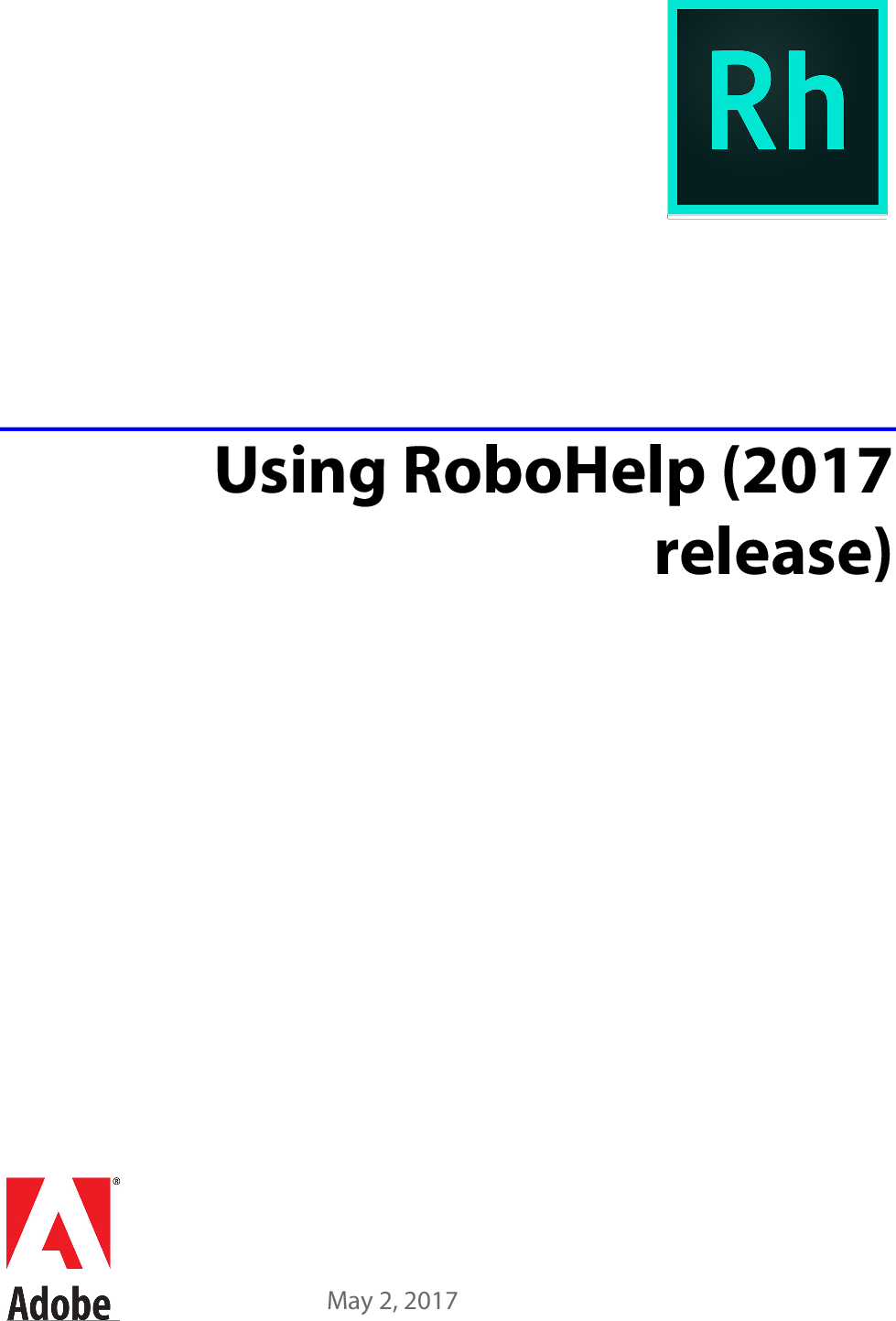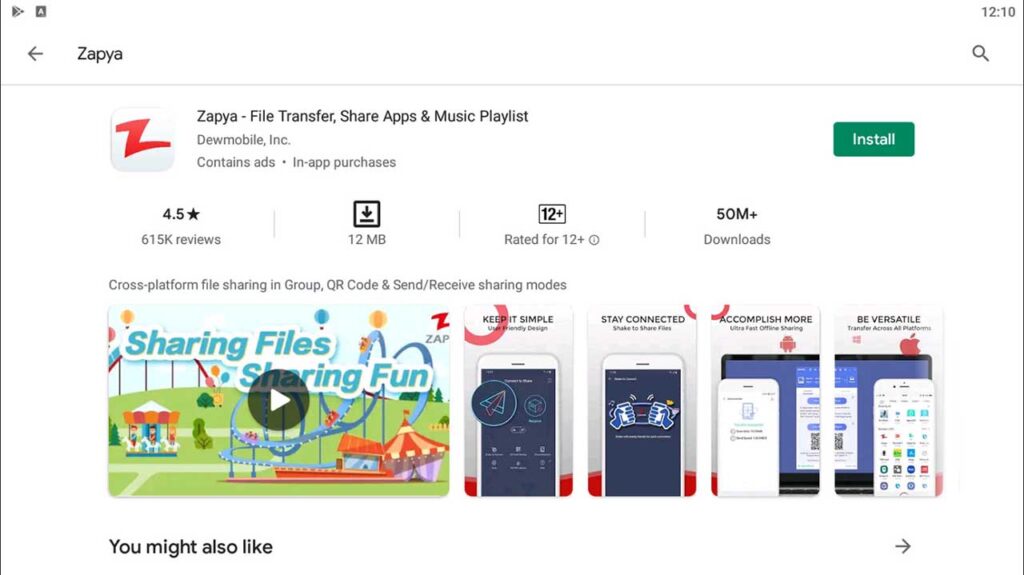If your existing Windows 10 PC is running Windows 10 20H1 or later and meets the minimum hardware specificationsit will be able to upgrade to Windows 11. The upgrade rollout plan is still being finalized, but for most devices already in use today, we expect it to be ready sometime in early 2022. Not all Windows 10 PCs that are eligible to upgrade will be offered to upgrade at the same time. To see if your PC is eligible to upgrade, refer to our knowledge base for a list of tested systems. Once the upgrade rollout has started, you can check if it is ready for your device by going to Settings/Windows Updates. More information on how that is presented will be available at a later date.
Additional desktop notification options may be also be added at a later date. If you already have a backup of the computer and files. You have an activation key, or the current setup is activated correctly. The device can start from a USB flash drive, and you disconnected non-essential peripherals, then you can skip this part to the bootable media creation and a clean install process.
Navigate to the downloaded Windows 11 ISO file, and select it. Your final Rufus screen should look something like this. After you complete the steps, the computer can start from the bootable USB drive to continue with the clean installation process. A clean installation of Windows 11 is the process of completely erasing the computer's hard drive and applying a fresh copy of the OS to configure a new laptop or desktop computer. Or you can use this method to resolve issues with an existing setup.
For example, to fix memory, shut down, startup, apps, stability, and performance issues. Furthermore, and perhaps more importantly, a Windows 11 clean install can improve battery life and is the best method to get rid of viruses and other types of malware. If your PC doesn't meet the minimum hardware requirements for Windows 11, you can still upgrade with the Media Creation Tool. Microsoft doesn't recommend doing so, and the company has said it may withhold critical security updates if you install the OS on unsupported hardware. If you go this route, understand the risks involved. If your existing Windows 10 PC is running the most current version of Windows 10 and meets the minimum hardware specifications it will be able to upgrade to Windows 11.
Not all Windows 10 PCs that are eligible to upgrade to Windows 11 will be offered to upgrade at the same time. To use the ISO files to clean install Windows 11, visit Microsoft's Windows Insider website, and choose the appropriate ISO file. You can then follow our handy guide to create installation media, and boot your PC from a USB drive or CD with a copy of the new operating system.
You'll need a Windows 10 license to activate Windows 11 if you opt to use this ISO. After you complete the steps, the application will download the files and create an installation media, which you can then use to boot the device and proceed with a fresh copy of Windows 11. For both types of upgrades, head to Microsoft's Windows 11 download page. To perform an in-place upgrade, use the Windows 11 Installation Assistant. For a clean install, you must create a bootable USB drive or DVD disc. Windows users should first try the Media Creation Tool for this process, since it does all the work for you.
Mac and Linux users will have to flash or burn the ISO file for Windows 11 to a drive or disc, respectively. You can check out our guide on how to upgrade to Windows 11 for more details on each of these methods. The rest of the process is just like any regular old bootable USB installation. Attach the USB drive to the system you want to upgrade to Windows 11, and boot it up.
You can now boot into the Windows 11 bootable USB by bringing up your Boot device menu by pressing the boot options key specific to your system. It's usually the Delete key or one of the function keys. You can look up the key binding specific to your system. Once the boot device menu shows up, select the USB drive, and follow the Windows 11 installation setup. What you need is a Windows 11 ISO file you can boot from and use for a clean install or an in-place upgrade. First, you can download a Windows 11 ISO directly from Microsoft.
Finally, you can use Aveyo's open-source Universal MediaCreationTool to create an ISO that bypasses WIndows 11's TPM requirement. Click the advanced options link during the installation process and choose to run the install without online assistant or updates. We want to install from the file we copied over and not from a file stored in the cloud. This means there will be updates to download and install after the initial process is completed. All Dell PCs with Windows 10 currently being sold on dell.com will be able to upgrade to Windows 11. For the PC to be able to upgrade to Windows 11, it must meet the minimum hardware specifications and specific hardware is required for some features.
The upgrade rollout plan is still being finalized but is scheduled to begin late in 2021 and continue into 2022. Otherwise, follow the prompts on-screen to upgrade to the latest version. Microsoft doesn't recommend this upgrade path unless you've already received the upgrade in Windows Update or you're instructed by support. You'll have the option to upgrade without removing anything, upgrade while removing apps and Windows settings, or do a clean install. The Windows 11 installation has two parts, like on Windows 10. First is the setup, and second is the out-of-box experience .
In the first part, you will configure some basic settings, select the target drive, configure the partitions, and begin the clean installation process. Once you complete the steps, Rufus will download the ISO file from the Microsoft servers and create the bootable installation media. Once you complete the steps, Windows 11 will reactivate automatically. Microsoft does not support the upgrade path from Windows 8.1 to Windows 11, but you can still setup the new OS as long as the device meets the minimum requirements. If you followed the steps above, you might have been noticed that you can upgrade to Windows 11 If so, simply click Download and Install on the pretty banner at the top of the Update window. This process can take several hours depending on your internet connection and PC.
When it's done, your system will prompt you to reboot the PC to continue with the installation process. If you're running on a laptop, be sure to plug in your AC adapter now. You can refer to our knowledge base for a list of tested systems to determine if your device eligible to upgrade to Windows -11. Many PCs that are less than four years old will be able to upgrade to Windows 11. They must be running 20H1 or later version of Windows 10 and meet the minimum hardware requirements to receive the Windows 11 upgrade. After the download, double-click the ISO file and then double-click the setup.exe file.
Click Next at the initial install screen to check for and download any updates to Windows 11. At the Ready to Install screen, you will see that Windows 11 will be installed and personal files and apps will be kept by default. You can also use the Rufus tool to create the installation media. Rufus is a free tool with many options to help you create a bootable media of Windows 11, 10, or 8.1 faster.
However, it's important to remember that it's a third-party option, which Microsoft does not support. On Windows 11, you will need a USB bootable media to perform a clean installation, which you can easily create using many tools, including the Microsoft Media Creation Tool and Rufus. After your installation percentage has reached 100% and completed its processes, you're done!
You will be presented with a new login screen to access your desktop. If you were upgrading from Windows 10, all of your files, programs, and desktop icons should be intact. If you notice anything is missing, you should find it safe on the backup you created at the beginning. The actual desktop will look different than Windows 10.
The Start menu is now centered and the Taskbar has a new frosted glass aesthetic for a fresh, modern look. To assure we are all on the same page, the following procedure will update an existing unsupported Windows 10 PC to Windows 11. On qualifying hardware, this upgrade is performed automatically as part of the standard security update process. On hardware failing to meet the requirements, the installation must be performed manually.
How To Install Windows 11 In Laptop Click Next to have Windows 11 check for any updates, then accept the license terms. The Ready to install screen shows that Windows 11 will be installed and that your personal files and apps will be kept. You can then elect to keep personal files and apps, personal files only, or nothing. If you're hoping to clean install Windows 11, then we have some important words of advice for you. Microsoft recently released ISO files for Windows 11, but these files are for the beta version of the operating system.
You'll need to be a Windows Insider to get the ISO files and use them on a PC to create installation media. After you complete the steps, Windows Update will download and install the missing drivers automatically. Once you complete the steps, the available updates will download and install automatically.
During the clean installation of Windows 11, you only need a monitor, keyboard, mouse, and internet connection. After the setup, you can reconnect the peripherals to ensure they do not cause any issues. After you complete the steps, Windows 11 should automatically reactivate after the clean installation. In this Windows 11 guide, we will walk you through the complete process to do a clean installation, whether you are setting up a new computer or upgrading from Windows 10 or an older version.
This method allows you to decommission the device safely without giving away your personal files. Also, this is typically the approach you will use to install Windows 11 when replacing the hard drive. Even though Windows 11 can work on most unsupported PC, this doesn't mean it will work perfectly.
Depending on the PC, some of the features may not work correctly, or Windows may corrupt or malfunction. Microsoft also doesn't recommend installing Windows 11 on unsupported devices, and there is no guarantee such devices will receive all future updates. Microsoft is offering Windows 11 to newer PCs with Windows 10 installed.
It will use data to figure out when other PCs will get the upgrade. This is similar to how Microsoft has determined which devices received Windows 10 features updates for the past few years. And it's different than how Apple handles updates since Microsoft has to work with lots of partners that also sell Windows computers. Whichever way you choose, you will use your Windows 11 ISO file to create a bootable install USB Flash drive or install Windows 11 in a virtual machine. You can even get away with skipping the product key so you can run the new operating system completely for free . Once you have more information, follow our guide to installing Windows 11 on an unsupported PC for concrete steps you can take to resolve your issues.
For example, on some PCs, you may simply need to enable TPM 2.0 or Secure Boot in the UEFI firmware . If the problem is that your PC has an older CPU or it only has TPM 1.2, there's a registry hack that will let you bypass the hardware requirements and install Windows 11 anyway. Devices that do not meet the minimum system requirements will remain on Windows 10 and continue to be supported with security updates. Customers using long term service releases will continue to be supported through the published end of support dates.
For more information about Windows 10 support, see HP products tested with Windows 10. Upgrades to Windows 11 will begin to roll out late in 2021 and continue into 2022. During this time, we will be doing some behind the scenes testing and validating for your specific PC. Windows Update will provide an indication if and when your PC is eligible.
You can check to see by going to Settings/Windows Update. Windows 11, the next version of Microsoft's desktop OS, is here! Redesigned from the ground up, Windows 11brings modern aesthetics and new features to an aging platform.
If your PC meets the minimum requirements then you'll have the option to manually update to Windows 11 today, or you could wait for the update to arrive on your system . You can also take matters into your own hands and manually upgrade now, either by doing an in-place upgrade or a clean installation. An in-place upgrade will leave all your files and applications as they are, while a clean install will wipe all your data before putting Windows 11 on your machine. After the installation completes, you will be prompted to restart your PC. You are given the option to restart the machine immediately or wait for the 30-minute timer to end if you need time to save any open work.
After your PC reboots, you can sign into Windows again. Once the final setup is complete, you are deposited at your new Windows 11 desktop. According to the company, Windows 11 is built on the same foundation as the Windows 10 and it is designed to work efficiently on both touchscreen and non-touchscreen devices. The update adds a refreshed look and more apps to your devices. On Windows 11, The taskbar looks similar to the one seen on Mac and the context menus, popups and windows have rounded corners.
However, you will need to download the .ISO file yourself, mount it, and install Windows 11 from it like you would any Windows boot disk. It's a pretty involved process, so make sure to read our guide to how to do a clean install of Windows 11 using an ISO file before you get started. If you created a backup, you could now restore the files on the new installation. In the case you are using OneDrive, the files should already be syncing to your device. However, if the app did not configure automatically, you can use this guide.
Once you complete the steps, the device will be able tos tart from the USB bootable media, and then you can proceed with the setup. This is typically not an issue with branded devices (Dell, HP, etc.), but this could be a problem for custom builds. Now hit the START button, and the app will create a bootable USB drive that won't check for TPM or Secure Boot support. You can use that to either upgrade the current system or any other PC. If you can't or don't want to edit the Registry, you can also create a bootable Windows 11 USB or DVD that won't check for TPM 2.0 or Secure Boot support. This option is also much better if you need to install Windows 11 on multiple unsupported PCs, as you won't have to modify each PC to make it compatible with Windows 11.
The following methods need a Windows 11 ISO file to work. Before going further, we also recommend making sure your system is completely up to date with the latest system updates from Microsoft. This can be done by opening the Start menu, clicking the gear icon, selecting Settings. In the window that opens, choose Update & Security, then Windows Update, finally clicking Check for Updates.





























No comments:
Post a Comment
Note: Only a member of this blog may post a comment.